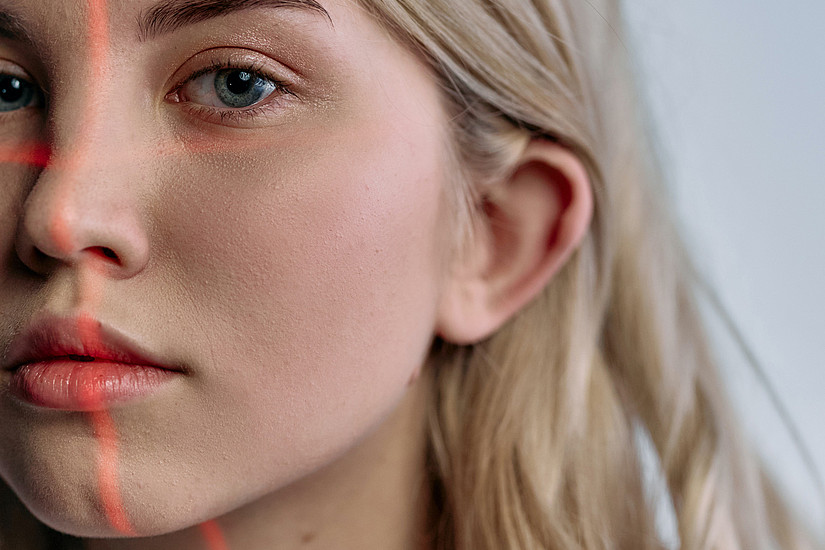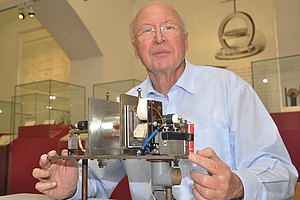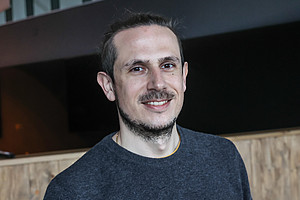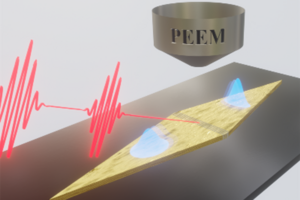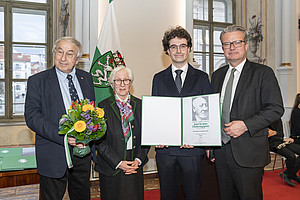Detecting diseases at an early stage or to assessing the condition of donor organs without surgery requires precise images to be made of what is inside the body. In the future, a new process will deliver these images in razor-sharp 3D quality – using light. This light penetrates the tissue, becomes partially absorbed and converted into ultrasonic waves. Sensors then measure the propagation of these waves. A 1:1 image of what goes on inside our body is created based on the acoustic signals. The physicist Robert Nuster has further developed the method of “photoacoustic imaging” and has already used it to generate 3D images of blood vessels.
How does light sound?
Turning light into audible signals and 3D images sounds like science fiction. Photoacoustic imaging, however, has already become a reality. This method combines the possibilities of optical recording with those of ultrasound. The result is images that precisely reflect the condition of an organ, thanks to their high resolution and strong contrast. In the future, this method should help to make organs classified as non-transplantable due to minimal blemishes fit for use.
>> Sedcard
How does light sound?
Friday, 24 September 2021, Forschen
